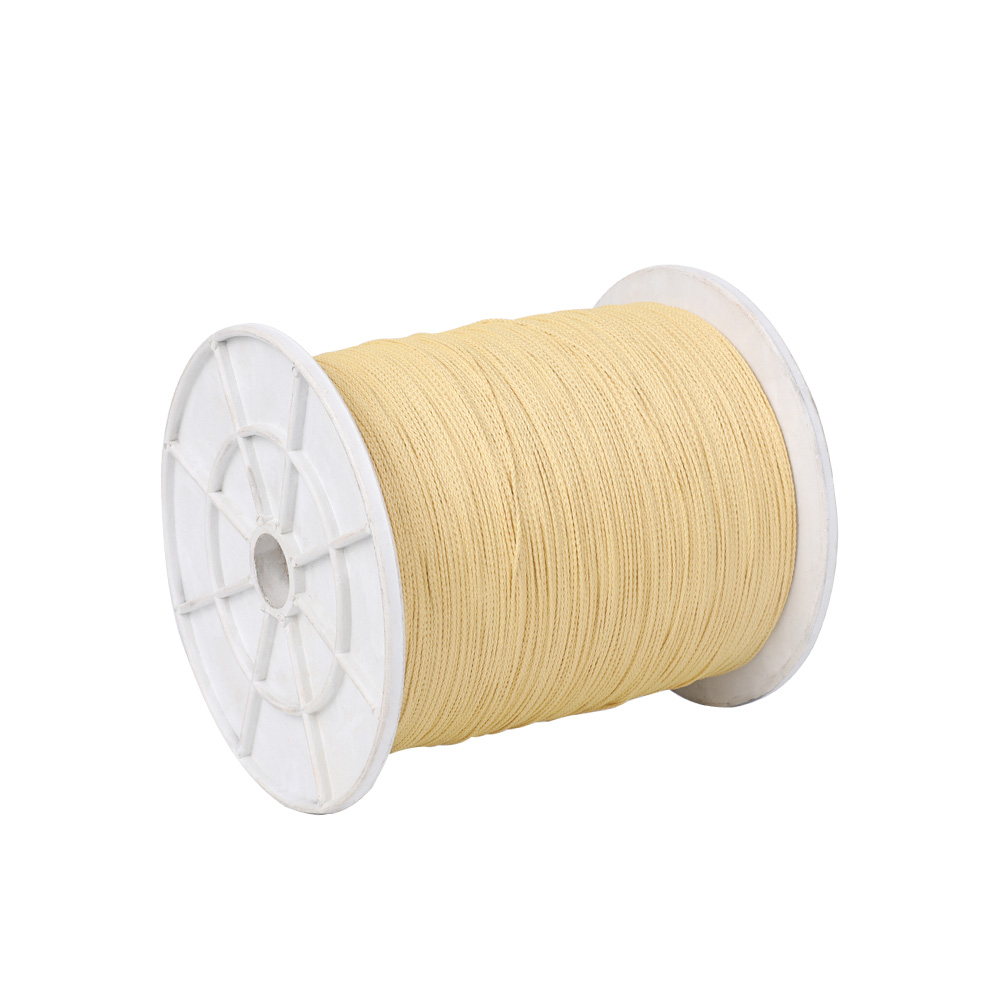As industries demand materials that combine durability, flexibility, and resistance to extreme conditions, polyester aramid binding wire has emerged as a key player.
Key Advantages
Superior Strength and Durability: One of the most significant advantages of polyester aramid binding wire is its remarkable strength. The combination of polyester and aramid fibers results in a wire that can withstand significant stress without breaking. This makes it an ideal choice for applications where safety and structural integrity are critical.
Resistance to Environmental Factors: Polyester aramid binding wire is designed to resist environmental factors such as moisture, heat, and chemical exposure. This resistance not only prolongs the lifespan of the wire but also ensures that it maintains its performance even in harsh conditions. For example, in outdoor applications, this wire can endure exposure to UV rays without deteriorating.
Ease of Use: The flexibility of polyester aramid binding wire makes it easy to work with. It can be bent, twisted, and tied without losing its structural integrity, allowing for efficient installation in various applications. This ease of use is especially beneficial in construction and manufacturing, where quick and reliable assembly is essential.
Cost-Effectiveness: While polyester aramid binding wire may have a higher upfront cost compared to traditional binding wires, its durability and longevity make it a cost-effective solution in the long run. Fewer replacements and repairs translate to lower overall costs for businesses, making it a smart investment.

Applications Across Industries
The versatility of polyester aramid binding wire allows it to be used in a wide range of applications:
Manufacturing: In manufacturing, this wire is often used in assembly lines and for bundling components, where its strength and resistance to wear are advantageous.
Electronics: In the electronics industry, polyester aramid binding wire is used to secure components in devices, ensuring reliable performance and longevity.
Textiles: The wire is also employed in the textile industry for binding fabrics and materials, providing additional strength and durability to products like outdoor gear and safety clothing.
Marine Applications: In marine environments, the wire’s resistance to moisture and corrosion makes it an excellent choice for binding and securing various components in boats and ships.
Future Prospects
As technology advances, the demand for high-performance materials like polyester aramid binding wire is expected to grow. The ongoing development of new manufacturing techniques and applications will likely enhance the properties of this wire, making it even more efficient and versatile. For instance:
Innovative Coatings: Future advancements may include the development of specialized coatings that enhance the wire's properties, such as increased chemical resistance or improved UV stability.
Smart Materials: Researchers are exploring the integration of sensors into binding wires, potentially allowing for real-time monitoring of conditions and performance, which could revolutionize safety applications.
Sustainable Options: As industries focus more on sustainability, there may be opportunities to develop eco-friendly variations of polyester aramid binding wire, catering to the growing demand for green materials.
 English
English
 中文简体
中文简体









